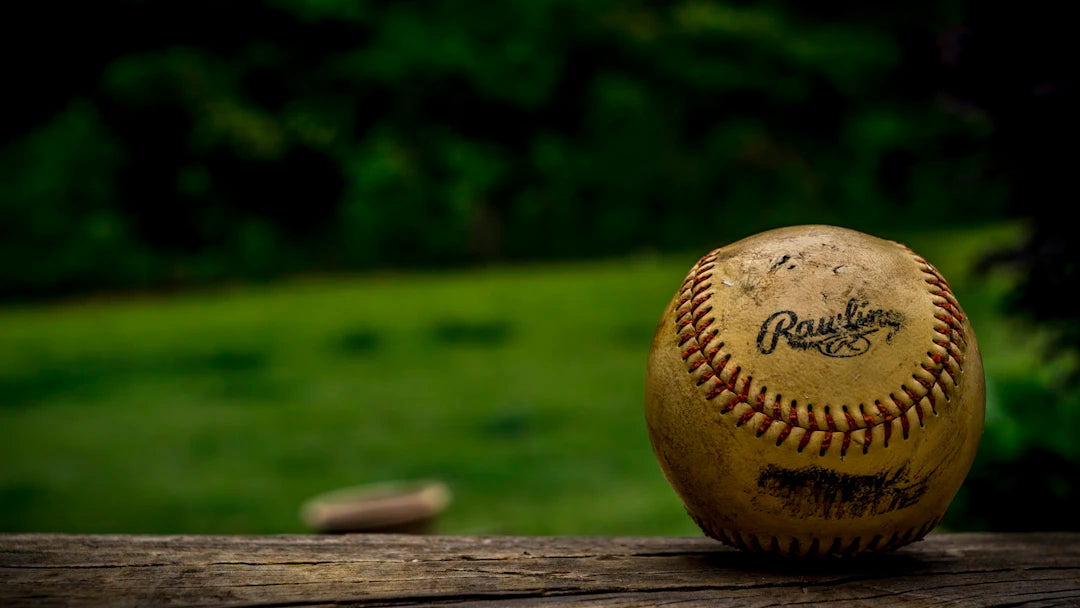When it comes to baseball, the equipment you choose can significantly impact your performance on the field. Batting is an essential part of the game, and the type of bat you use—be it wood or metal—plays a critical role. In this article, we will explore the differences between wood bats and metal bats, helping you determine which is the best fit for your style of play.
The Basics of Baseball Bats
Baseball bats come in various materials, but the two most popular choices are wood and metal. Each type has distinct advantages and disadvantages that players should consider when selecting their equipment.
Understanding Wood Bats
Wood bats, traditionally used in professional baseball, are often favored for their natural feel and nostalgic qualities. Here are some key points to understand:
- Material: Typically made from hardwood like maple, ash, or birch.
- Weight: Generally heavier than metal bats, providing a solid connection with the baseball.
- Design: Limited to a standard design, which makes them compliant with league regulations.
- Durability: More prone to breaking but can last longer if maintained properly.
The Advantages of Wood Bats
While wood bats may seem outdated to some, they have several strengths that make them appealing, especially for younger players seeking to develop their skills:
- Strengthen Hitting Skills: Hitting with wood requires precise timing and technique, helping players develop a better swing.
- Better 'Feedback': Players receive feedback when making solid contact, enhancing their ability to understand swing mechanics.
- Increased Connection with the Game: Using wood bats can create a deeper appreciation for the sport's history and tradition.
The Mechanics of Metal Bats
Metal bats have surged in popularity over the years, especially among youth and high school players. These bats are often made from aluminum or composite materials designed for longevity and performance. Let’s dive into their key aspects:
The Benefits of Metal Bats
Metal bats offer several advantages that attract players, particularly those new to the game:
- Increased Pop: The design of metal bats allows for a larger sweet spot, often resulting in greater distance when hitting the ball.
- Lightweight Design: Generally lighter than wood bats, enabling faster swing speeds and better control.
- Durability: Resistant to breaking, making them a more practical option for practice and games.
Key Considerations for Using Metal Bats
While metal bats come with various benefits, they also present unique challenges:
- Less 'Feel': The connection with the ball may feel less natural, making it harder to gauge contact quality.
- Over-Reliance: Players familiar only with metal bats may struggle when switching to wood, particularly in competitive contexts.
- Price Point: Metal bats can be more expensive, and some leagues may even have restrictions on the type of metal bat used.
Comparing Performance: Wood Bats vs. Metal Bats
Ultimately, the most significant difference between wood bats and metal bats lies in performance. Understanding these nuances can guide young athletes toward making informed decisions:
Hitting Technique
When hitting with wood, proper technique is essential. A well-timed swing can result in strong contact, while a poorly-timed swing may lead to an unpleasant result. Metal bats, conversely, offer a larger margin for error thanks to their enhanced sweet spots. Players can get away with less-than-perfect swings. However, this advantage can lead to complacency in practice.
League Regulations
It’s crucial to consider the league regulations when selecting a bat. Many youth leagues require players to use wood bats, particularly at higher levels. Understanding these guidelines can prevent players from investing in a bat that won't meet their competition's requirements.
Cost Analysis: Wood Bats vs. Metal Bats
Budget is a vital factor for many families looking to equip their young athletes. Here’s how wood bats and metal bats typically stack up:
Initial Investment
Wood bats are generally less expensive compared to metal bats. However, they do have a shorter lifespan, leading to potential costs in replacements. Metal bats often price higher due to their advanced technology but may be more financially sound over time due to their durability.
Long-Term Value
When you consider long-term use, metal bats may offer better value despite their initial price. Their durability can save money in the long run as replacements and repairs may be less frequent than with wood bats. Conversely, for serious players committed to improving their skills, investing in a good-quality wood bat could be seen as an opportunity for growth.
Choosing the Right Bat for You
Determining the best bat for your game involves understanding your personal preferences, playing style, and long-term goals:
Assessing Your Skill Level
Beginner players may benefit from using metal bats due to their forgiving nature, while experienced hitters may find that wood bats hone their skills. Consider your current level, experience, and overall objectives when making your decision.
Personal Preference
Your preference for weight, balance, and personal feel can also dictate the type of bat to choose. Testing both wood bats and metal bats can provide invaluable insight into what feels most comfortable for you.
The Best of Both Worlds
If you find yourself caught in the wood vs. metal debate, consider a hybrid approach. Players can practice with wood bats to master their technique while using metal bats during games. This dual strategy can help foster a well-rounded batting skill set.
Final Thoughts: Hitting It Out of the Park
In the end, the decision between wood bats and metal bats comes down to personal preference, skill level, and specific league requirements. Wood bats fulfill a nostalgic connection to baseball's roots, helping players develop critical hitting skills. On the other hand, metal bats provide practical durability and performance enhancements. Understanding the advantages and disadvantages of each type can empower players and their families to make informed choices. So whether you’re drawn to the classic feel of wood bats or the modern efficiency of metal, remember that practice, dedication, and a love for the game will lead you to success on the field!
Take a look at another user's Shopify store by clicking here. Please be aware that this is a promotional link, and we cannot be held responsible for the content of the linked store.

